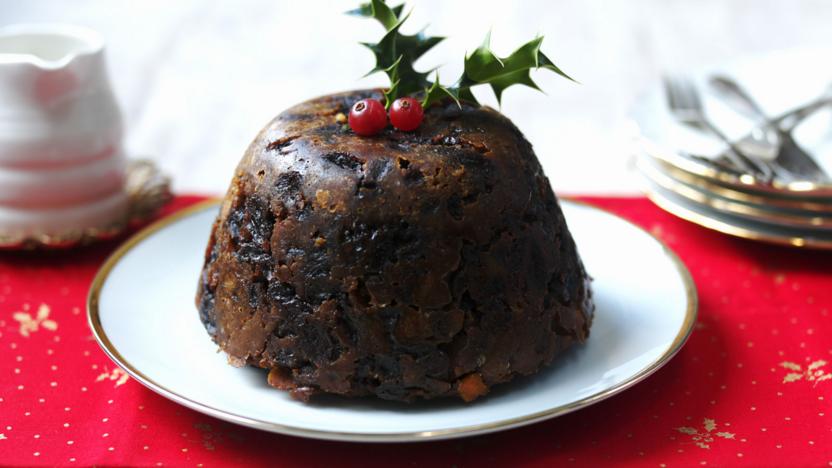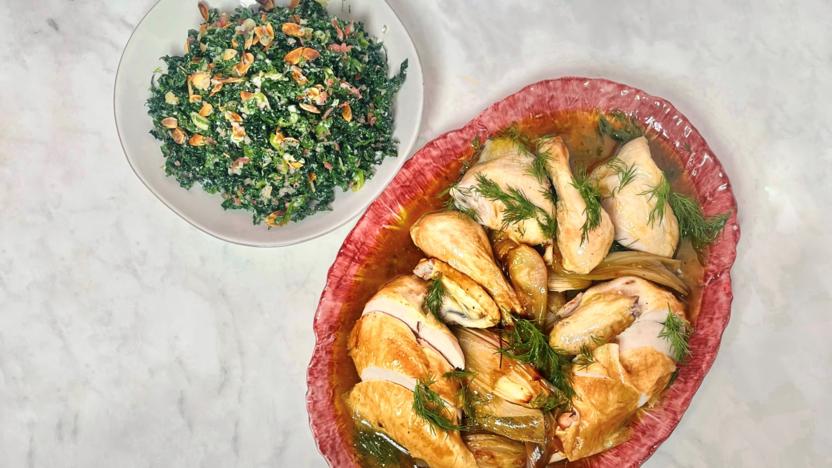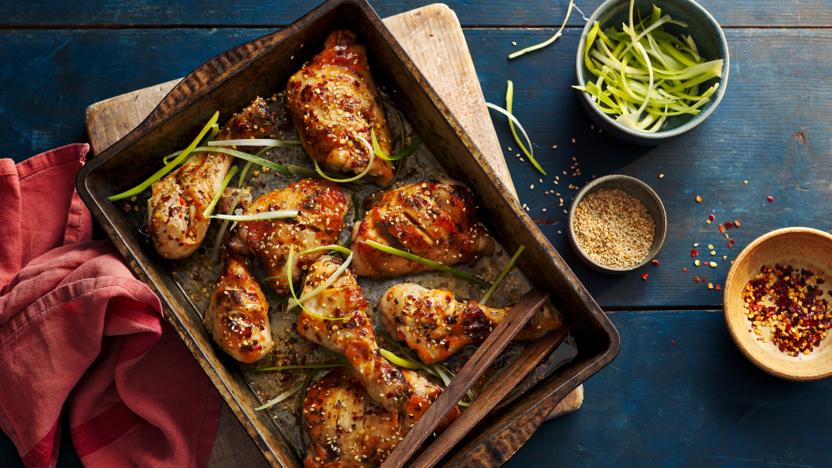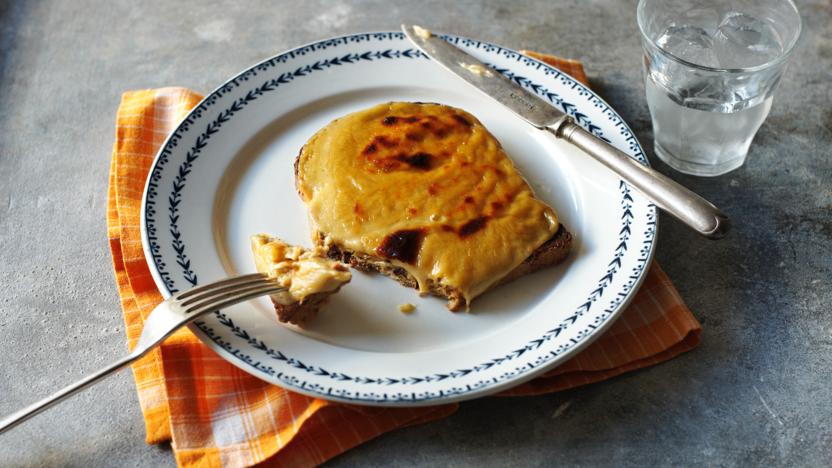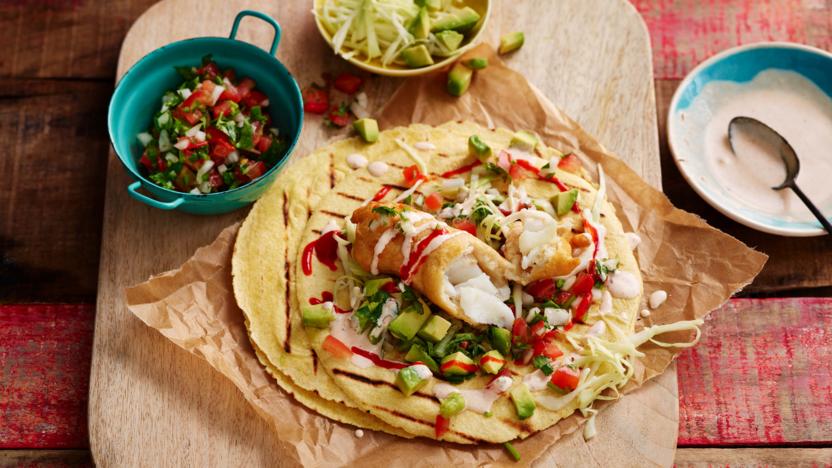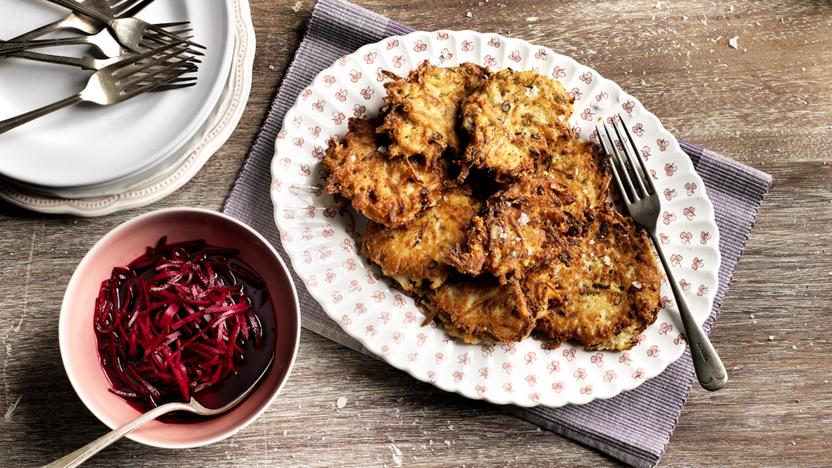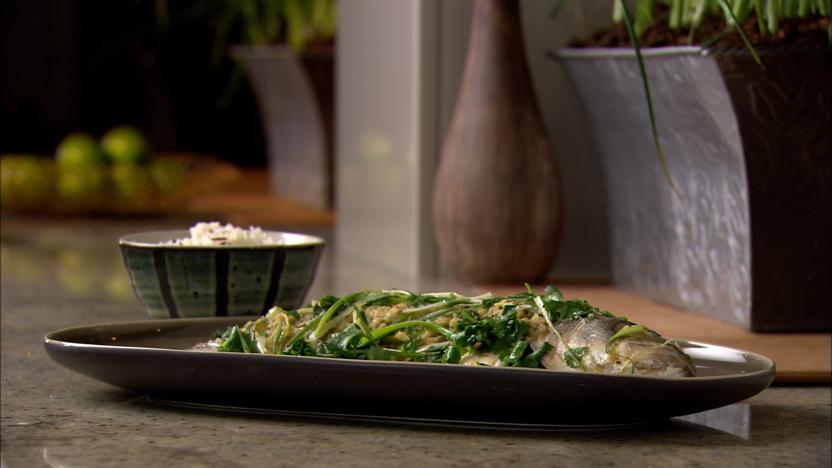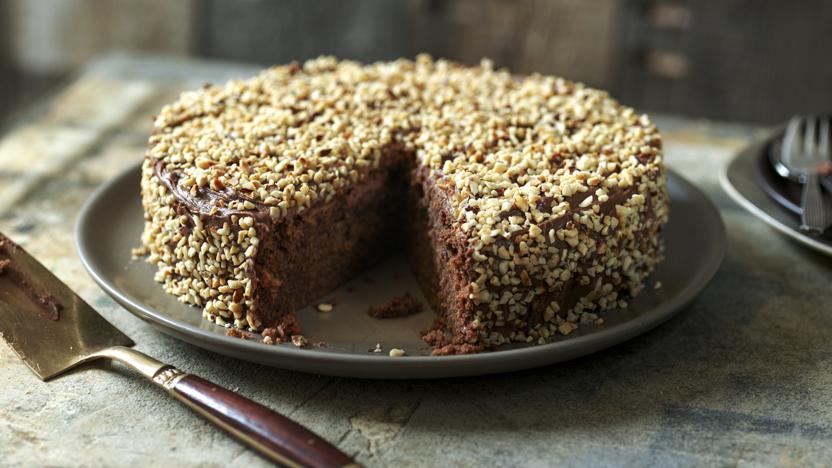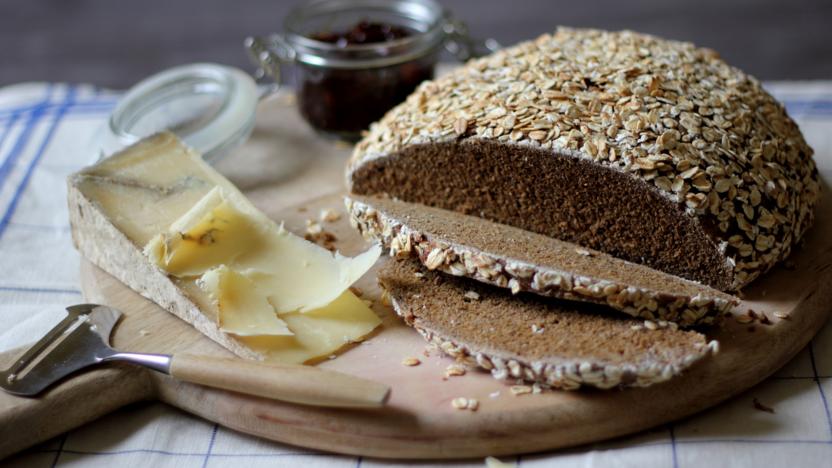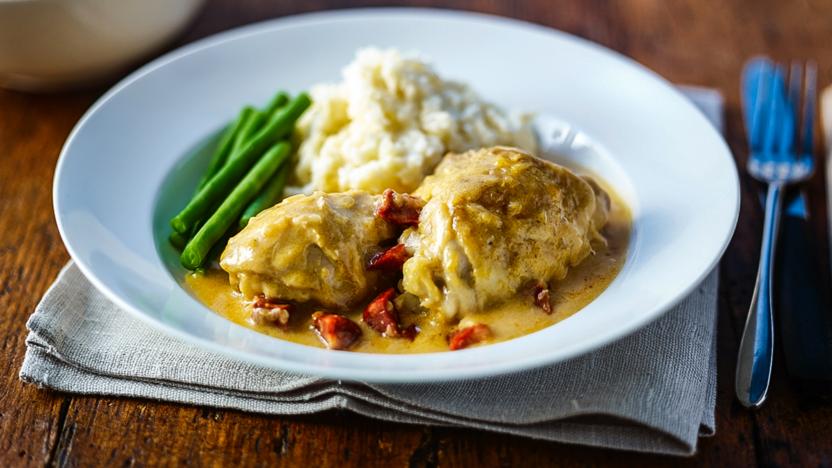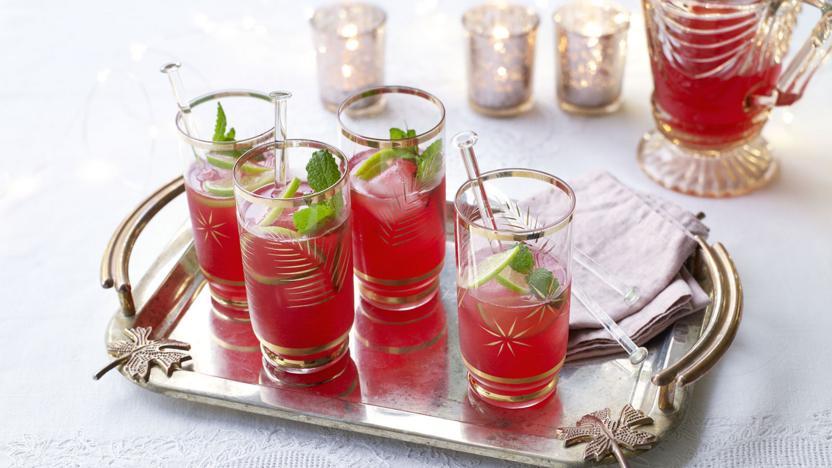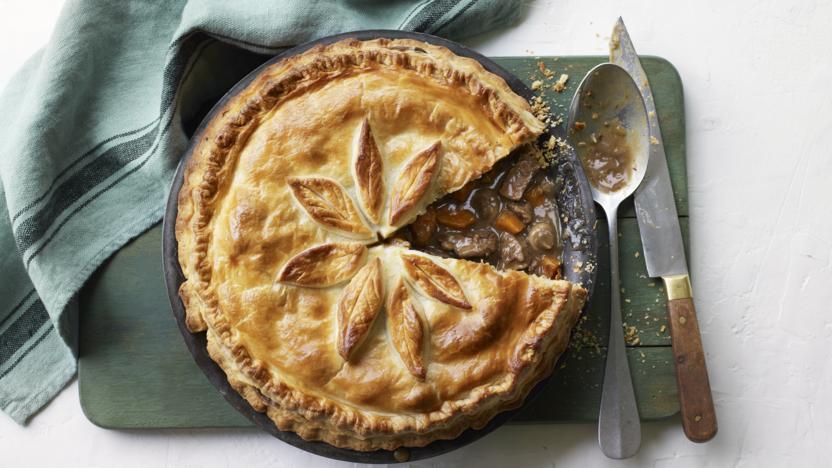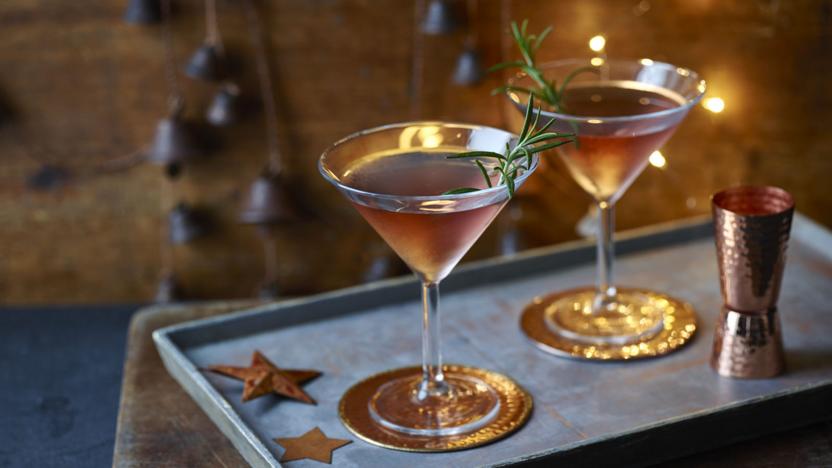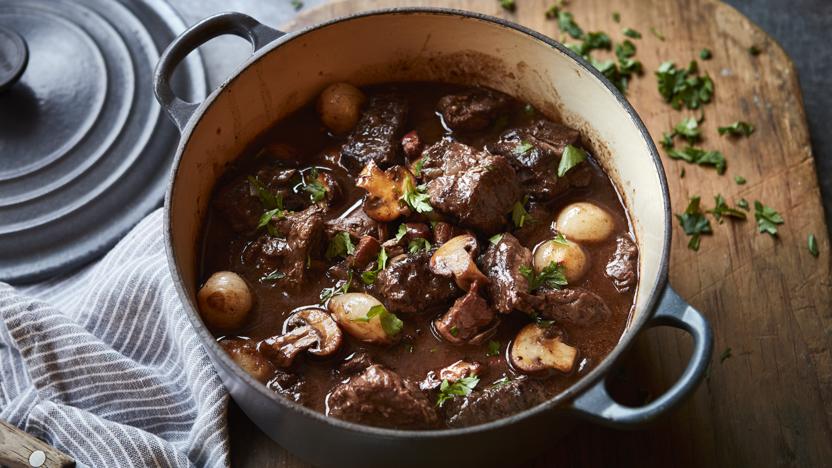Beer recipes
A family of fermented alcoholic drinks made from malted grain (most often barley) and often flavoured with hops. Beer is often thought of as a north European drink, but it is produced all over the world, often with local grains; in Africa, for example, it’s made with sorghum.
There are many types and styles of beer, but the process for making them follows roughly the same process. The chosen grain (barley, wheat, etc) is first ‘malted’ – that is, steeped, sprouted and dried. The resulting malt is then cracked and mixed with water to convert the starch to sugar. The liquid, called ‘wort’, is boiled for a time, during which flavour-giving hops are added. Yeast is added to begin the fermentation. The finished beer is then matured according to the producer’s style.
Buyer's guide
British beer drinkers are spoilt for choice. Beer labels tend to be more informative than those on wine, so it’s relatively easy to gain clues about what you’re buying. Colour is also a good clue: lighter beers tend to be lighter in flavour, while darker beers tend to have richer flavours and can be sweeter too, although there are exceptions. Check the label for alcoholic strength, which can vary widely.
Storage
With a few exceptions, beer is not made to be kept for long periods, particularly the beer sold in cans. It can go stale and flat if kept for too long, so always read the ‘best by’ or ‘use by’ dates. Bottled beers with corks should be stored horizontally to keep the cork moist. Beers with crown caps should be stored upright. Keep beer in a cool place, away from sunlight.
Preparation
Beer is a versatile cooking medium, imparting a pleasantly bitter complexity to slow-cooked meat dishes and stews. The Flemish dish Carbonnade - beef cooked in ale - is a classic, as is beef cooked in stout. Flavoured beers, such as cherry-based Kriek, are great for experimenting with too.
Other considerations
Beer is usually filtered to remove unwanted debris, but occasionally it's fined as well, sometimes using animal products such as isinglass or gelatine. For this reason, vegetarians and vegans should be aware when buying beer.
